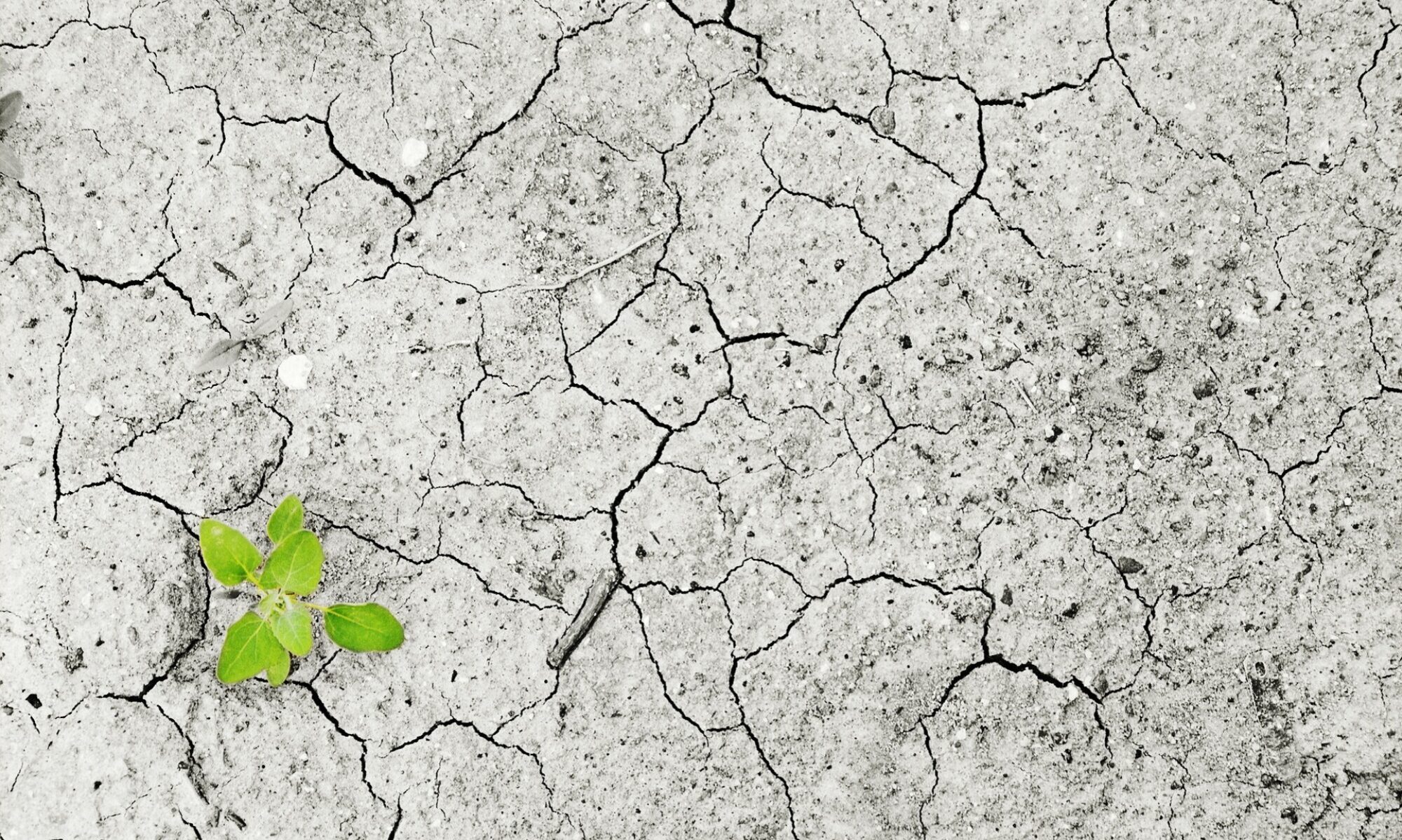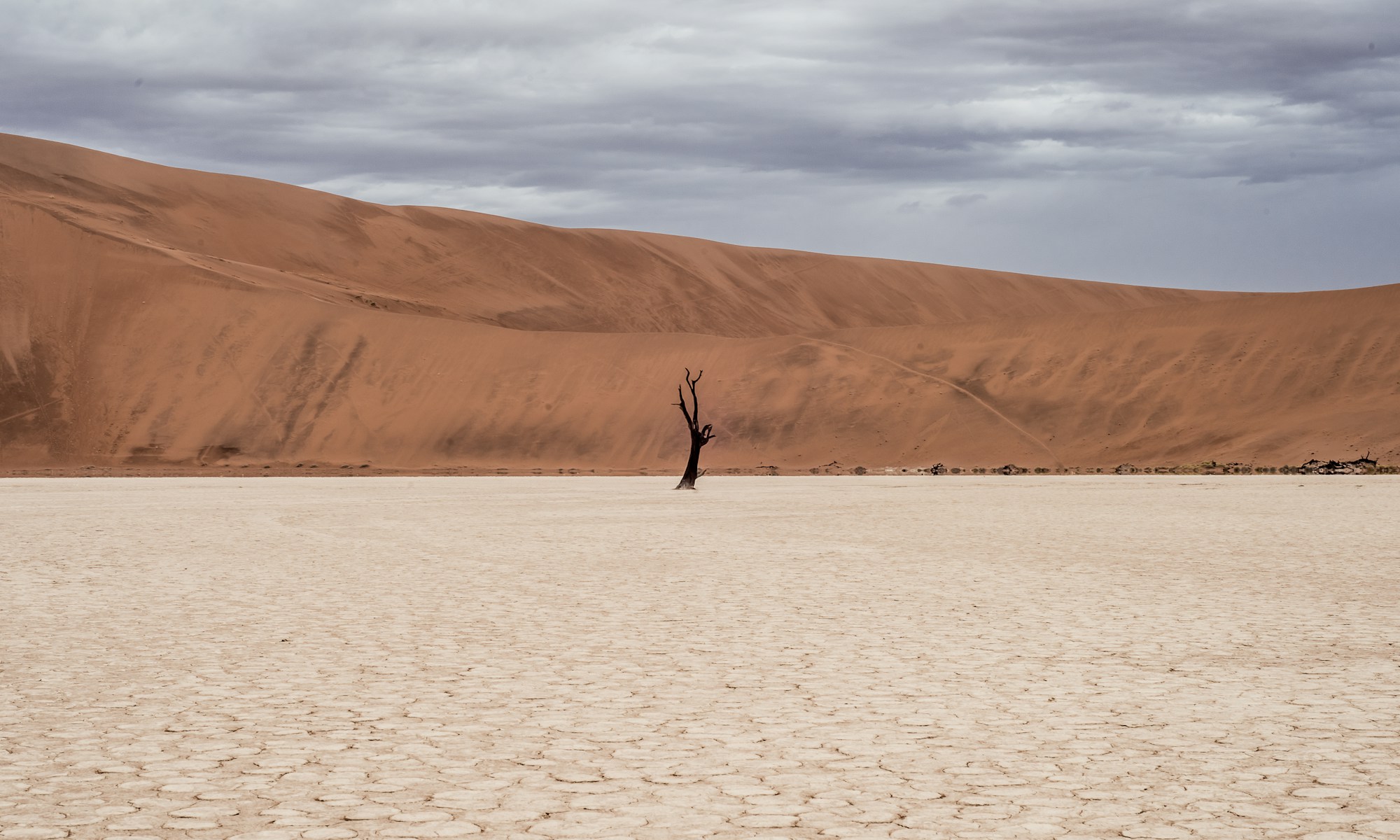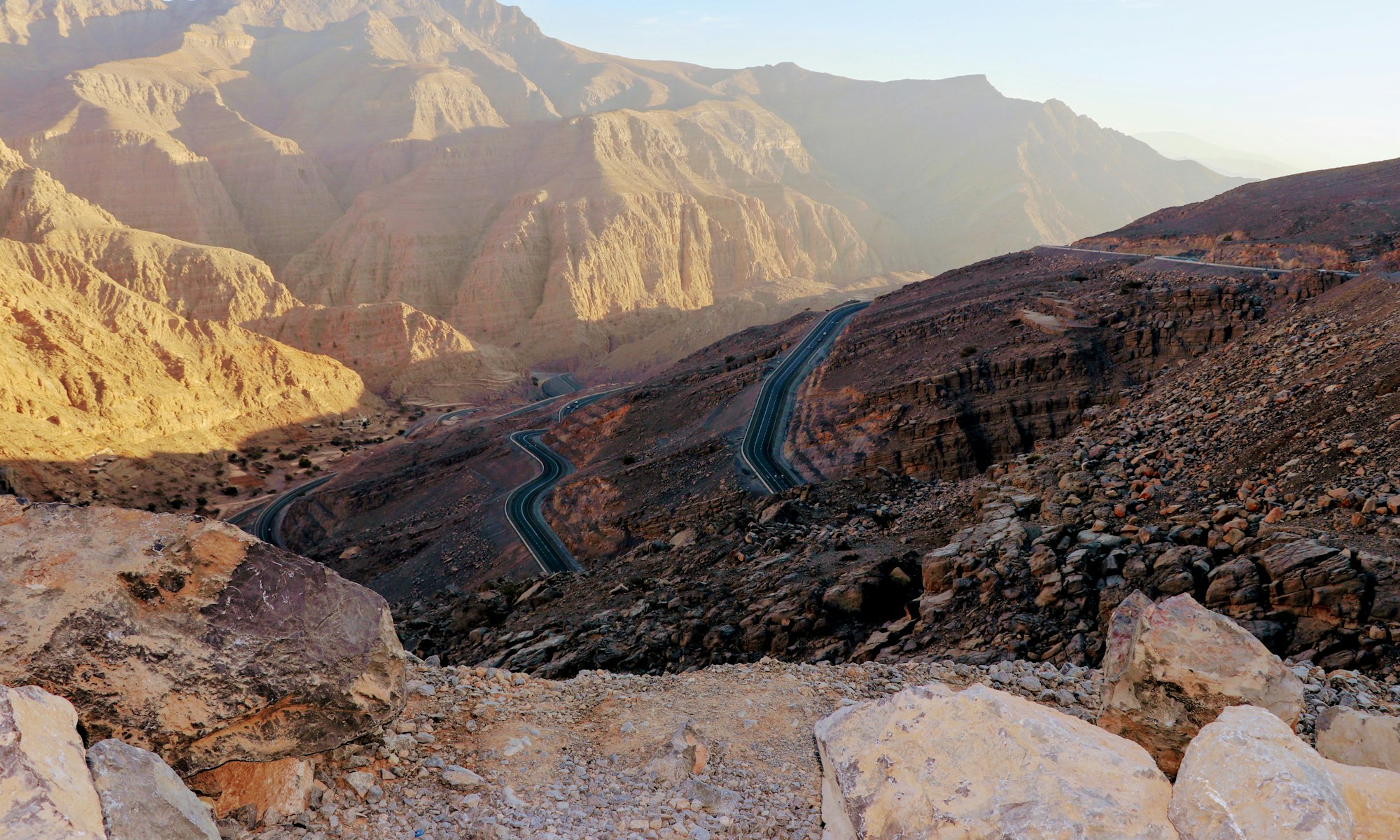11 February 2021 – by Flora Bensadon
When it comes to the question of refugees and providing aid, the Global North is first in line with answers and propositions. However, when it comes to acting on the agreed upon policies and practices, the Global North is also first to counter-act with policies relieving the states from cooperation and burden sharing to protect their own interests (Behrman 2019:59). Over the past few decades, the world has witnessed a dramatic increase in refugee flows, to which states in the Global North answered by restricting entry to their territory. As we move into the 21st Century, the world now faces new challenges and the emergence of a new type of refugee: those fleeing their countries due to climate related issues. The Global North adopted restrictive policies when faced with the ongoing refugee crisis, which leads us to believe it will do the same throughout the 21st Century. This essay will thus be focusing on just that.
First, we will define the system of remote control and discuss the different border controls set in place within the Global North. We will continue by establishing the lack of governance within the international refugee regime, which eventually leads to a lack of accountability of the Global North with regard to refugees. Finally, we will discuss the role of public opinion in the refugee protection discourse.
Remote Control
Remote control is a “system of passports, visas, and passenger ship checks” that keeps people from leaving for certain destinations without having passed initial screening (Fitzgerald 2019:4). For instance, states have put in place pre-clearances in foreign airports to avoid having refugees reach their territories. The same governments also converge on global visa policies, carrier sanctions and liaison officers (Fitzgerald 2019:14-15). In addition, they campaign for remote control throughout the countries of departure, like the British government did in 1934. They successfully pressured the Greek government to pass a law prohibiting anyone without a valid passport or visa to leave from Greece to Palestine (Fitzgerald 2019:5). These policies of expulsion, and many others, are meant to keep asylum seekers away from the Global North (Fitzgerald 2019:1). Because of the non-refoulement clause of the 1951 UN Refugee Convention (Hatton 2020:82) that prevents refugees from being sent back to their persecutors once on the territory, states now result in the manipulation of territoriality (Fitzgerald 2019:9). It allows states the possibility to refuse entry to refugees by saying they did not actually step foot into their territory.
Border reinforcements of wealthier democratic states therefore suggest the following: While the respective governments do cooperate amongst themselves to exclude refugees and migrants, there is a lack of willingness to cooperate in the burden-sharing when it comes to the reception of refugees. Yet, more lenient border policies would further provide refugees with protection and aid by providing them basic human rights. This entails access to safety, to food, to shelter, to healthcare, to education and to work (Feldman 2012:391). However, given the current geopolitical context, it does not seem that recipient states would enact such policies due to the fact that they perceive refugees as an economic strain (Behrman 2019:59).
Refugees can first be perceived as an economic strain because of the expanses spent by host countries to provide them with the necessary protection, which is with national resources and services, as previously mentioned. This would result, according to International Monetary Fund (IMF) estimates, in refugees costing countries of the European Union 0.1% of their GDP (Shellito 2016:16). In addition, refugees might also disturb local economic markets, from food to housing, thus altering prices. For instance, Turkey has faced a sharp increase in rental pricing because of the refugee crisis, which hurts Turkish families with relatively low incomes (Shellito 2016:17). And so, because refugees can negatively impact host countries’ economy, said countries are less inclined to adopt lenient border policies.
Lack of Governance
The international refugee regime has always lacked a clearly defined system of global governance, allowing states of the Global North to avoid their responsibilities. It remains restrained as it contains no binding obligation on states to cooperate or ensure the functioning of the regime (Betts and Milner 2020:1-4). In turn, this weak governance has prevented important forms of dialogue, political engagement and cooperation, which are necessary to facilitate international cooperation or the realization of the regime’s core objective: solutions for the protection of refugees (Betts and Milner 2020:4), including those affected by climate change.
The United Nation High Commissioner for Refugees (“UNHCR”) the regime’s primary institution, was founded to provide this protection; it also supervises the application of conventions and develops international refugee law (Goodwin-Gill 2020:2). However, the UNHCR’s financial structure was designed to make it dependent on Western states as it relies mostly on the donation of those governments (Parekh 2020:28). Its role is to supervise the international refugee regime and publish non-binding guidelines on the application of international refugee law. Because the UNHCR does not hold power to enforce any rule of law (Goodwin-Gill 2020:40), it constrains its ability to resist or influence the actions and interests of more powerful states (Betts and Milner 2020:2). Thus, as nothing prevents governments of the Global North from prioritizing their own interests above their responsibility to help refugees, they have no incentive to cooperate with the international refugee regime any more than they already do (Parekh 2020:23).
Finally, states of the Global North measure their success in the refugee regime in their ability to control refugees by containing them in their regions of origin (Betts and Milner 2020:7) or monitoring their movement through remote-control policies (Behrman 2019:48). And so, as long as refugees remain in the Global South, whether in their home region or refugee camps, governments will neither be motivated to cooperate empathetically, nor feel the pressure to assume their share of the burden (Betts and Milner 2020:7).
Lack of Accountability
States within the Global North have a duty to rescue due to the superior means they possess over developing countries. However, because they are not the cause of the problem, nor have they initiated the events that forced refugees to flee their countries of origin, they minimize their obligations toward refugees (Parekh 2020:23). Although their duty to protect and rescue comes second to their own interests, states of the Global North are still seen as rescuers. As a result, they are somewhat excused from taking on too much of the burden of refugees (Parekh 2020:24). As it is not clear who should be responsible for the protection of displaced persons, those who fail to rescue are rarely held accountable.
However, if wealthier states with actual resources to help cannot be blamed for not upholding their duty of rescue, they can be blamed for being co-contributors to a system that structurally prevents the majority of refugees from seeking refuge because of the aforementioned remote-control policies (Parekh 2020:27). If not held accountable for their actions, governments will continue to allow the perpetuation of human rights violations refugees face.
For example, in 2010, following the destructive earthquake that occurred in Haiti, Haitians have been granted Temporary Protected Status (TPS); it allowed them to work legally in the United States (US). Unfortunately, in 2017, the Trump administration attempted to end TPS for Haitians (Macdonald 2019). Although it did not succeed, this kind of behavior is a clear indicator of the current US president’s stance toward refugees, bringing us to believe that cooperation and burden-sharing will not be increased in the near-future. And consequently, without accountability, governments might try to further minimize their role within the international refugee regime.
Public Opinion
Finally, while governments of the Global North have been struggling between their own interests and their moral obligations to refugees, the rise of nationalism has only added fuel to the push back against refugees (Parekh 2010:23). Although populist political parties might not always get elected in office, they still shift the agendas of other political parties towards a more anti-immigration stance (Hatton 2020:87). In fact, general public opinion has shifted dramatically against immigrants all across the Global North, due to the overall climate that surrounds refugees and asylum seekers more specifically (Hatton 2020:88). For example, because public opinion is strongly against unauthorized entry; an increase in the number of arrivals has induced hardened attitudes towards immigrants as a whole (Hatton 2020:89).
As the decisions of the democratic governments in the Global North normally reflect the majority of the populations’ point of view towards a contentious topic, the rise of nationalism across the Global North has the ability to reveal the poignant possibility that the burden-sharing and cooperation of Western governments and related institutions within the international refugee regime will not increase in the decades to come.

Flora Bensadon is a recent graduate of History and International Development from McGill University, Canada. Through her studies, her culturally diverse background and her travels, Flora has taken a profound interest in the problems of migration, specifically those of climate refugees.
References
Alexander Betts and James Milner. May 2019. “Governance of the Global Refugee Regime,” World Refugee Council Research Paper No. 13: 1–14.
David Scott FitzGerald. 2019. “Never Again?” In: Refuge Beyond Reach: How Rich Democracies Repel Asylum Seekers, 21–40. Oxford: Oxford University Press.
David Scott FitzGerald. 2019. “The Catch-22 of Asylum Policy,” In: Refuge Beyond Reach: How Rich Democracies Repel Asylum Seekers, 1–20. Oxford: Oxford University Press.
























